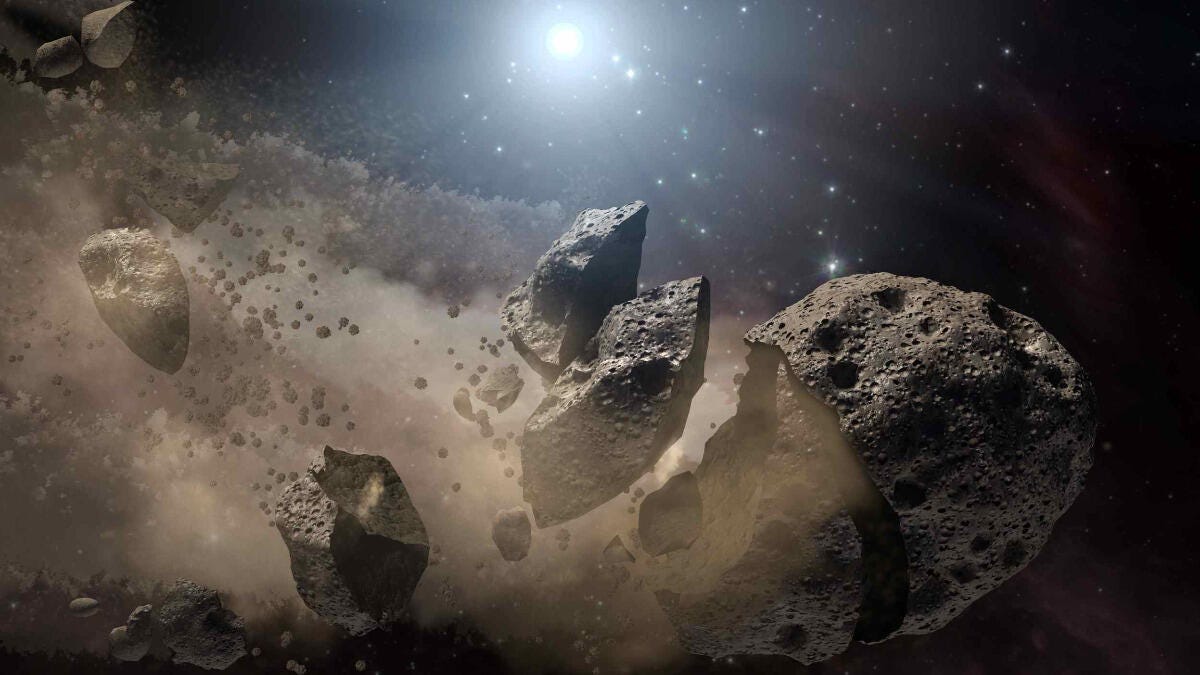Earth just had its closest asteroid encounter of 2021
This curious little space rock never posed a threat, though.

Asteroids are all around us, but most aren't worth worrying about.
A truck-size asteroid whizzed above our planet early Wednesday just hours after it was first discovered, passing closer to the surface of Earth than the ring of large communications satellites in orbit.
The space rock is cataloged as asteroid 2021 RS2 and measures between 7 and 17 feet (2.1 and 5.2 meters) in diameter, making it somewhere between the size of a small car and a larger pickup truck. It came within roughly 10,000 miles (16,000 kilometers) of the surface of Earth, which is twice as close as the orbit on which those big satellites fly. This is just slightly closer than a smaller asteroid that flew by in February.
Early this morning, Newly-discovered asteroid 2021 RS2 passed 15,300 km above Japan.
— Tony Dunn (@tony873004) September 8, 2021
This animation includes a ring of geostationary satellites for scale.
Simulation: https://t.co/zaDV3ufeXB
GIF before Twitter compression: https://t.co/xWNT08kmrB pic.twitter.com/0DbvqfQtgR
This more recent little cosmic visitor whipped by us at decent speed, traveling at over 39,000 miles per hour (18 kilometers per second). Mt. Lemmon Survey in Arizona originally spotted it on Tuesday, not long before its close approach.
Obviously, it kept right on moving through the solar system without incident, but even if it had impacted Earth it probably wouldn't have made it very far through the atmosphere without burning up nearly completely or totally. For comparison, the meteor that struck Russia in 2013, creating an atmospheric blast that blew out thousands of windows, was probably 10 times as wide. By the time it struck the surface, the largest fragment found was only 5 feet (1.5 meters) across.
Asteroids like 2021 RS2 don't pose a threat, but astronomers say it's the ones we haven't yet discovered that we should worry about. The Russian meteor was just such a space rock that snuck up on us without being spotted first. So keep your eyes up and support your local sky survey.

